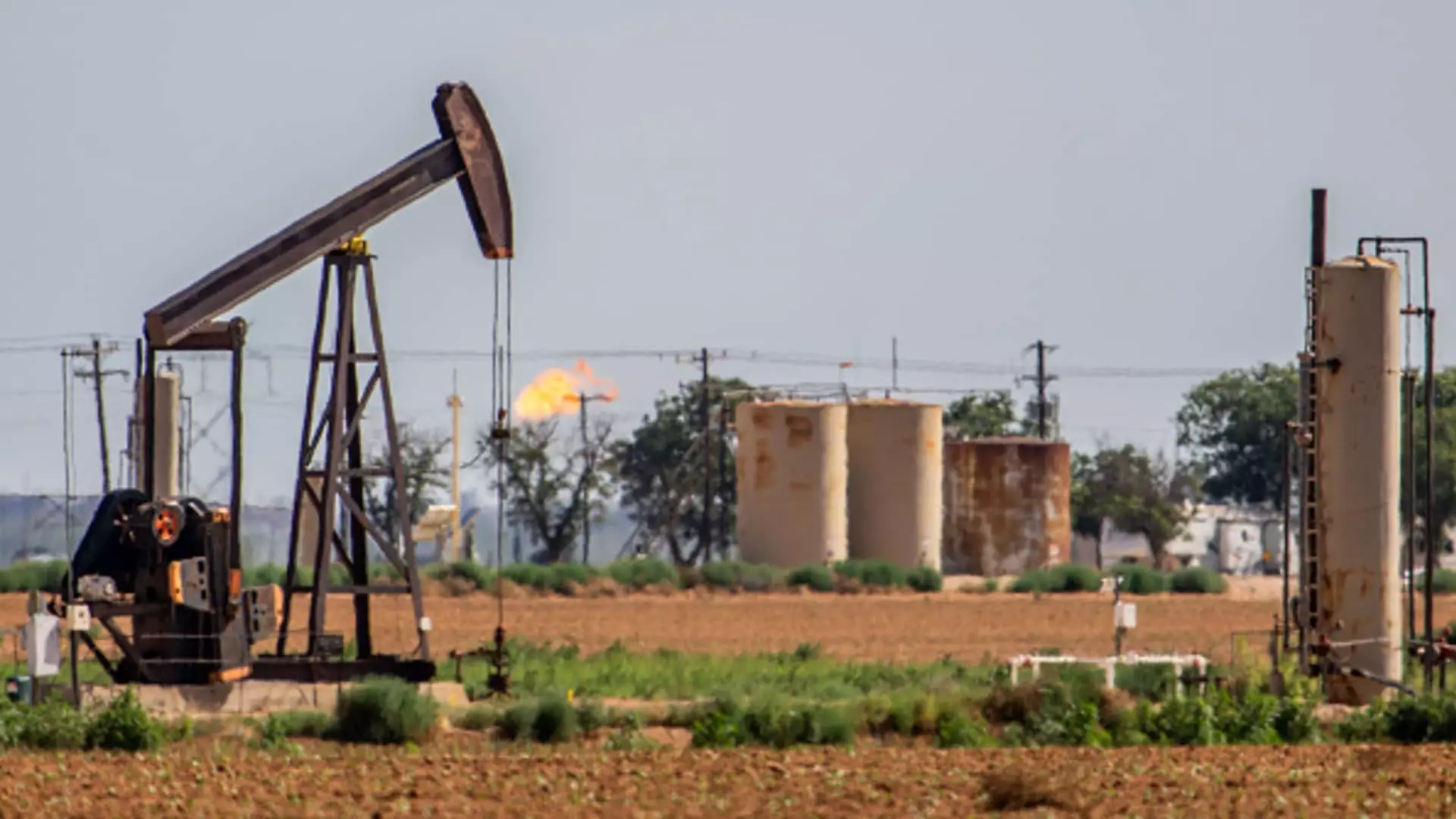As the third quarter progresses, many of the biggest commodity ETFs in the United States have taken a hit. This includes index-style funds like Invesco’s Optimum Yield Diversified Commodity Strategy ETF and single commodity-focused funds like the United States Oil Fund. The slump in commodities has raised concerns about slower economic growth, with the exception of gold, which is trading near record highs and is considered a defensive trade. The weakening U.S. dollar could be a sign of weak global demand, according to Ryan Grabinski of Strategas. While there are signs of a slowdown in demand, Kathy Kriskey from Invesco pointed out that oil supply is actually tight at the moment. The commodities slump may be attributed to mechanical factors in the market, such as low trading volumes and large commodity trading advisors betting against the sector.
One area where slowing demand does not appear to be the cause of the decline is agricultural commodities. Sal Gilbertie, CEO of ag-focused investment firm Teucrium, mentioned that the price of agricultural products is still recovering from the disruption caused by Russia’s invasion of Ukraine more than two years ago. The Teucrium Corn ETF is now trading below its level from before the invasion in 2022, and the cost of production is a key level to watch for agricultural products. Gilbertie believes that once the price hits that level, the upside should outweigh the downside in the future for prices of corn and related ag products. However, the timing of the next move remains uncertain.
The slump in commodities comes at a time when global central banks are starting to pivot towards looser monetary policy. Historically, commodity indexes have rallied after the start of rate cutting cycles, particularly in the mid-1990s. If easier interest rates stimulate demand from consumers and companies, the price of oil and copper could rise. Despite this potential boost, there is still a 20% chance predicted by Goldman Sachs economists that the U.S. economy could fall into a recession in the next 12 months. Additionally, oil could face increased supply in the coming months, leading to a surplus in 2025, as stated by Morgan Stanley commodities strategist Matijn Rats.
In light of these challenges, investors may need to be patient and wait for a commodities rebound. Long-term plays in metals related to batteries and the electric grid could be a smart allocation. The Invesco DB Base Metals Fund, which holds futures on copper, zinc, and aluminum, is one way to play this theme. However, investors should be aware that the fund issues a K-1 tax form due to its partnership structure, which can be complex. According to Kriskey, industrial metals could be a good long-term hold due to the energy transition.
Overall, the current market conditions pose challenges to commodities traders, but there are opportunities for long-term growth and diversification. By carefully analyzing the factors affecting different commodity sectors and staying informed about global economic trends, investors can make informed decisions to navigate the volatile market environment.

